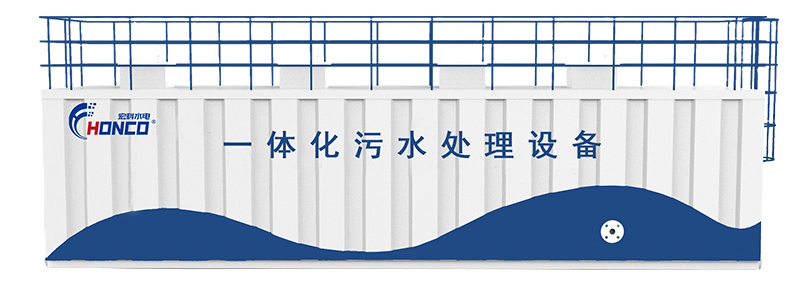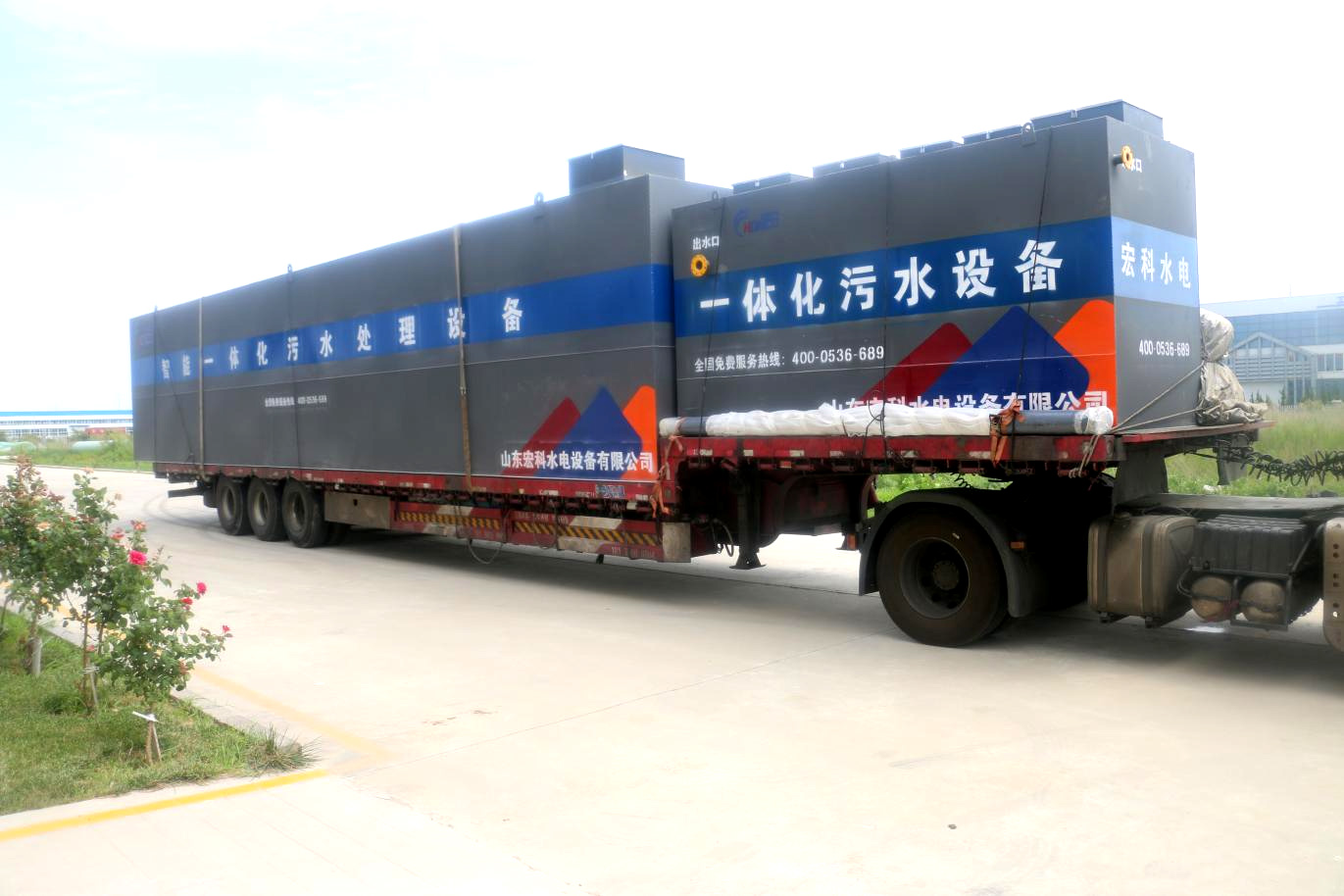Introduction to Integrated Sewage Treatment Equipment
In the field of sewage treatment, integrated sewage treatment equipment is becoming the ideal choice for many users with its efficient and convenient characteristics.

Equipment Definition and Principle
Integrated sewage treatment equipment integrates multiple sewage treatment processes such as biological treatment, sedimentation, and filtration into a closed device. It carries out in-depth treatment of sewage through physical, chemical, and biological methods to make it meet the discharge standards or reuse requirements. Its core principle is to use the metabolic function of microorganisms to decompose organic matter in the sewage into harmless carbon dioxide and water, while removing nutrient substances such as nitrogen and phosphorus.
Specification Parameters
Treatment Capacity:
The equipment's treatment capacity ranges from 5m³/d to 200m³/d, meeting the wastewater treatment needs of different scales.
Material:
Made of high-quality carbon steel with anti-corrosion treatment, featuring excellent corrosion resistance and durability to ensure long-term stable operation.
Dimensions:
Depending on the treatment capacity and process requirements, the equipment dimensions vary. Generally, the length is 3m–18m, width 0.8m–3m, and height 1m–3m.
Operating Power:
The operating power depends on the specific configuration and treatment scale, ranging from 1.5 kW to 15 kW, ensuring energy efficiency.
Application Scope
Domestic Sewage Treatment: Suitable for treating domestic sewage from residential communities, hotels, restaurants, schools, hospitals, nursing homes, etc.
Industrial Wastewater Treatment: Can effectively treat organic wastewater from industries such as food processing, printing and dyeing, pharmaceuticals, and papermaking by appropriately adjusting process parameters.
Rural Sewage Treatment: The integrated sewage treatment equipment features a small footprint and easy installation, making it ideal for decentralized sewage treatment in rural areas to improve the rural water environment.
Landscape Water Reuse: The treated reclaimed water can be used to supplement urban landscape water bodies, such as park lakes and artificial fountains, realizing the recycling of water resources.
